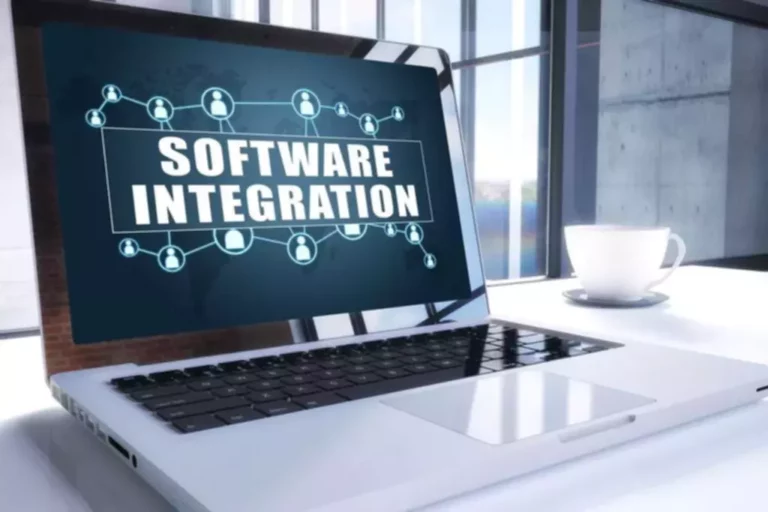For example, while some registrants do report material cybersecurity incidents, most typically on Form 10–K, review of Form 8–K, Form 10–K, and Form 20–F filings by staff in the Division of Corporation Finance has shown that companies provide different levels of specificity regarding the cause, scope, impact, and materiality of cybersecurity incidents. To the extent that a registrant does not have such processes, the final rules do not impose any additional costs. With respect to the second of these commenters, we note that, consistent with commenter feedback and for the reasons discussed above, we have not adopted the proposed requirement related to disclosure of board cybersecurity expertise. Lastly, one commenter that argued for an exemption cited the Proposing Release, which noted a potential for increased cost of capital for registrants that do not have cybersecurity programs once disclosures are mandated; the commenter stated that these would disproportionately be smaller registrants. We have reconsidered the argument that registrants without robust cybersecurity processes in place might face a higher cost of capital and as a result would be priced unfavorably, and no longer believe it to be accurate.

Legislatively, we note two significant developments occurred following publication of the Proposing Release. First, the President signed into law the Cyber Incident Reporting for Critical Infrastructure Act of 2022 (“CIRCIA”) on March 15, 2022, as part of the Consolidated Appropriations Act of 2022. The centerpiece of CIRCIA is the reporting obligation placed on companies in defined critical infrastructure sectors. Once rules are adopted by the Cybersecurity & Infrastructure Security Agency (“CISA”), these companies will be required to report covered cyber incidents to CISA within 72 hours of discovery, and report ransom payments within 24 hours.
Application Lifecycle Management: a strategic business process
This is a sequential development process, where the next phase occurs at the end of the first one. Supporting agile and DevOps methodologies by providing a framework for managing the entire application lifecycle in a fast-paced and collaborative environment. Product lifecycle management manages the design, production, and sale of physical products, especially in the manufacturing and engineering industries. The best what is a alm companies deploy software updates daily, sometimes more. In order to reach such epic levels of productivity, businesses need a plan for managing their software from beginning to end. We recognize that the costs of retaining outside professionals may vary depending on the nature of the professional services, but for purposes of this PRA analysis, we estimate that such costs would be an average of $600 per hour.
The reputational harm from a breach may similarly increase over time in a foreseeable manner. There may also be cases, even if uncommon, where the jeopardy caused by a cybersecurity incident materially affects the company, even if the incident has not yet caused actual harm. In such circumstances, we believe investors should be apprised of the material effects of the incident.
D. Disclosure Regarding the Board of Directors’ Cybersecurity Expertise
One commenter recommended modifying proposed paragraph to require registrants to specify whether their cybersecurity programs assess risks continuously or periodically, arguing the latter approach leaves companies more exposed. The same commenter suggested paragraph require “a description of the class of services and solutions” provided by third parties. The cloud native technology stack—including Kubernetes, containers, agile development, microservices, and serverless—provides a modern environment to support DevOps methods and facilitate ALM.

As the Commission explained in the Proposing Release, Commission staff has observed insufficient and inconsistent cybersecurity disclosure notwithstanding the prior guidance. Here, in response to commenters, we emphasize that the final rules supplement the prior guidance but do not replace it. The final rules are aimed at remedying the lack of material cybersecurity incident disclosure, and the scattered, varying nature of cybersecurity strategy, risk management, and governance disclosure, the need for which some commenters confirmed. The final rules therefore add an affirmative cybersecurity incident disclosure obligation, and they centralize cybersecurity risk management, strategy, and governance disclosure. And in response to commenters who suggested that other agencies’ rules on cybersecurity reporting are sufficient, we note that, unlike the final rules, such rules are not tailored to the informational needs of investors; instead, they focus on the needs of regulators, customers, and individuals whose data have been breached.
Application lifecycle management
Their evaluation should take into consideration all relevant facts and circumstances, which may involve consideration of both quantitative and qualitative factors. Thus, for example, when a registrant experiences a data breach, it should consider both the immediate fallout and any longer term effects on its operations, finances, brand perception, customer relationships, and so on, as part of its materiality analysis. We also note that, given the fact-specific nature of the materiality determination, the same incident that affects multiple registrants may not become reportable at the same time, and it may be reportable for some registrants but not others. Could imply that the degree of cybersecurity-driven adverse selection faced by investors in small registrants might be less severe.
- Concerning Agile and DevOps, tests can be performed along with development.
- There are a number of tools available that can facilitate application lifecycle management, including ALM Works, Basecamp, tuleap, Atlassian Jira, and Azure DevOps Services.
- ALM tools enable users to create, modify and perform test cases; manage automated and manual tests; track issues, bugs, risks and enhancements related to the source code repository; and access a complete audit history of all changes made to the application.
- Similarly, we acknowledge commenters’ concerns that the final rule could unintentionally affect a registrant’s risk management and strategy decision-making.
- Second, we have made changes from the proposed rules that would also reduce costs as compared with the proposal.
Application governance even extends to resource management, data and security, and user access. It allows us to review and adjust costs to meet changing budget requirements and productivity assessments so that we can estimate our ROI objectives for software development. When compared with Software Development Life Cycle , ALM has a broader perspective. As SDLC is limited to just requirements, design, coding, testing, configuration, project management, and change management. But ALM continues even after SDLC until the application is no longer used, and may span several SDLCs. Streamlining development processes, reducing costs, and improving the quality of applications.
Advantage of ALM
Continuous integration plays an important part in preventing conflicts that may arise because of these adjustments. The ultimate goal of the quality assurance stage is to provide a smooth bug-free performance. Companies can implement ALM as soon as they receive an order from their customers to gather business requirements, write a plan and deliver software of superlative quality that perfectly satisfies the business demand. Let’s learn more about ALM and its advantages for software development. When defining requirements, all stakeholders gather to declare what they need from the application to support their business cases. A design of the application is created based on their expressed needs.

It is thus more akin to the Form 8–K items other than Items 2.02 and 7.01, in that it is a description of a material event that has occurred about which investors need adequate information. Therefore, the final rules require an Item 1.05 Form 8–K to be filed. In the Proposing Release, the Commission requested comment on whether to allow registrants to delay filing an Item 1.05 Form 8–K where the Attorney General determines that a delay is in https://www.globalcloudteam.com/ the interest of national security. In response to comments, we are adopting a delay provision in cases where disclosure poses a substantial risk to national security or public safety. Pursuant to Item 1.05, a registrant may delay making an Item 1.05 Form 8–K filing if the Attorney General determines that the disclosure poses a substantial risk to national security or public safety and notifies the Commission of such determination in writing.
ALM and the Shift From Project to Product
A collection of project management tools that integrate people and processes, called application lifecycle management tools, enables ALM. Numerous ALM tools are available for tracking application changes. With a better application lifecycle management tool, teams can have visibility into development status.
Of Form S–3 and General Instruction I.A.2 of Form SF–3 to provide that an untimely filing on Form 8–K regarding new Item 1.05 would not result in loss of Form S–3 or Form SF–3 eligibility received much support. The OFR/GPO partnership is committed to presenting accurate and reliable regulatory information on FederalRegister.gov with the objective of establishing the XML-based Federal Register as an ACFR-sanctioned publication in the future. While every effort has been made to ensure that the material on FederalRegister.gov is accurately displayed, consistent with the official SGML-based PDF version on govinfo.gov, those relying on it for legal research should verify their results against an official edition of the Federal Register. Until the ACFR grants it official status, the XML rendition of the daily Federal Register on FederalRegister.gov does not provide legal notice to the public or judicial notice to the courts.
Application lifecycle management tools
There are currently no disclosure requirements on Forms 10–K or 10–Q that explicitly refer to cybersecurity risks or governance, and thus Item 106 will benefit investors by eliciting relevant information about how registrants are managing their material cybersecurity risks. Improved timeliness and informativeness of cybersecurity disclosures may provide further benefit by lowering companies’ cost of capital. As detailed above, the final rules should reduce information asymmetry and mispricing of securities. In an asymmetric information environment, investors are less willing to hold shares, reducing liquidity. Registrants may respond by issuing shares at a discount, increasing their cost of capital.